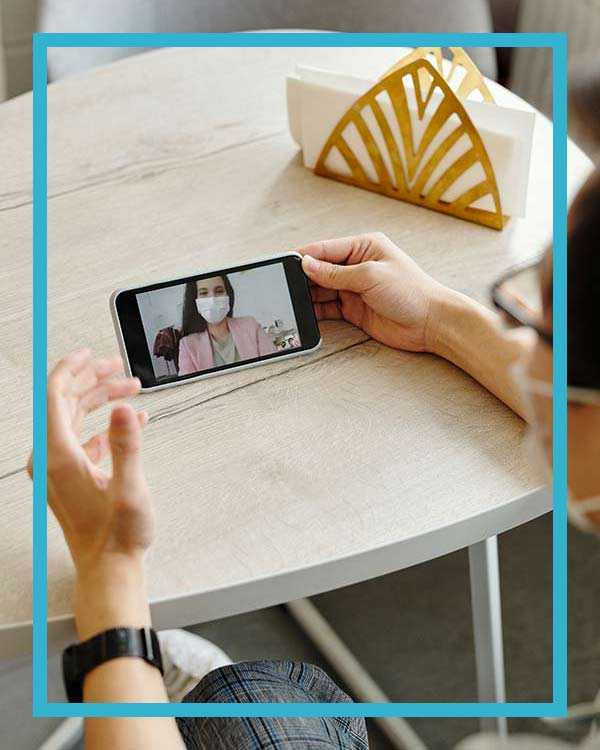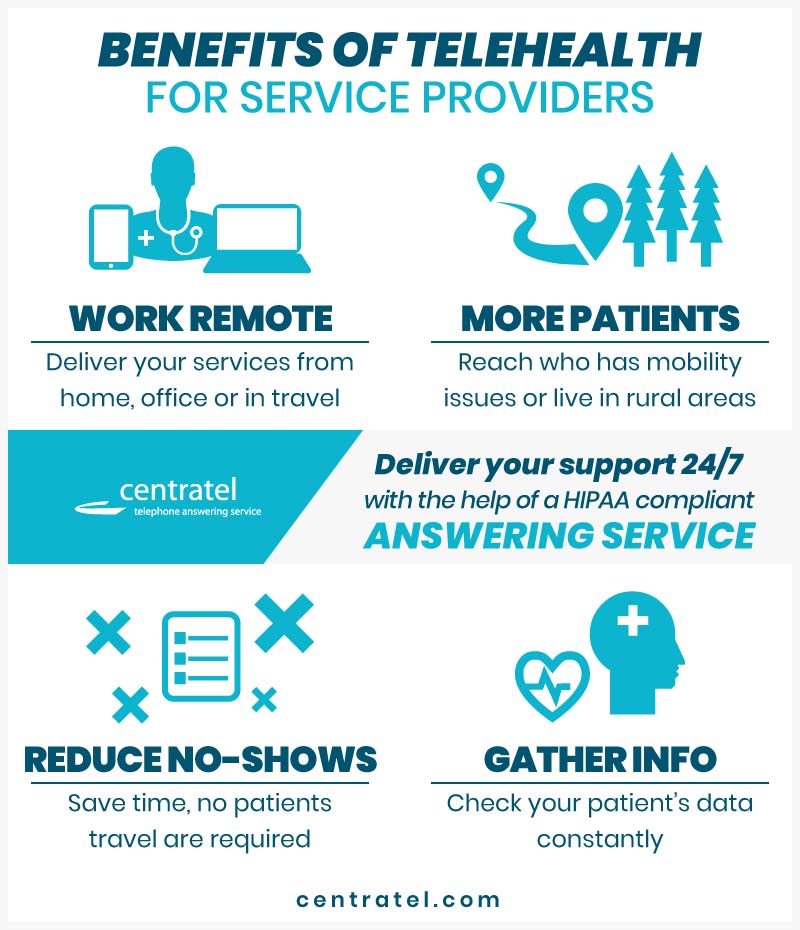
A New Move in Telehealth
The use of telehealth is growing across many medical specialties, and hospice care is no exception.
Telehospice can provide assistance when winter weather prevents professionals from making house calls in rural areas and can allow for consultations at night when safety considerations might prevent visits in some urban areas.
It can also mean that providers spend less time traveling between locations and more time focusing on patient and caregiver needs.

Simplifying the Process for Patients and Professionals
The technology and approach used will vary between agencies and states, but the aim is to make the process as simple as possible for patients. This often involves a device that is attached to the landline on an initial home visit. Patients may have a very simple action they must perform, such as pushing a button, in order to launch the connection. The advantages to patients can be immediate, to mention a few:
- More comfort for both patients and their families
- Immediate face-to-face connection to professionals when in needs
- Faster treatment, diagnosis, and prescriptions
- Less isolation for patients and more control over their clinical data
Medical professionals can use information gathered by asking patients daily questions to provide individualized care recommendations. Coordinators can also do assessments with caregivers to ensure they are receiving adequate support.
Observing Legalities
Certain legalities must be taken into account when providing long-distance services. For example, physicians may only be licensed to practice in one state. In most states, nurses have limited authority to act independently and need to be working with a physician’s orders. It is important for telehealth programs to remain compliant with all local, state and federal laws and regulations.

Conserving Resources
Through telehospice, patients continue have access to the same staff they would in person, including a chaplain and any other necessary personnel.
Telehospice programs give patients the opportunity to remain in the comfort of their home and require fewer resources on the part of the medical professionals who serve them.
In the time it could take medical staff to travel to a patient’s home regularly, many more people could be helped.
These programs can further provide efficient, compassionate care by using a specialized answering service that is HIPAA-compliant and staffed by professionals trained in the hospice field. This is an area in which it is critical for answering service personnel to be both accurate and compassionate. By taking calls during irregular hours or providing initial screening of calls, an answering service can empower a telehospice staff to focus on each patient’s and caregiver’s most pressing needs as they arise.
